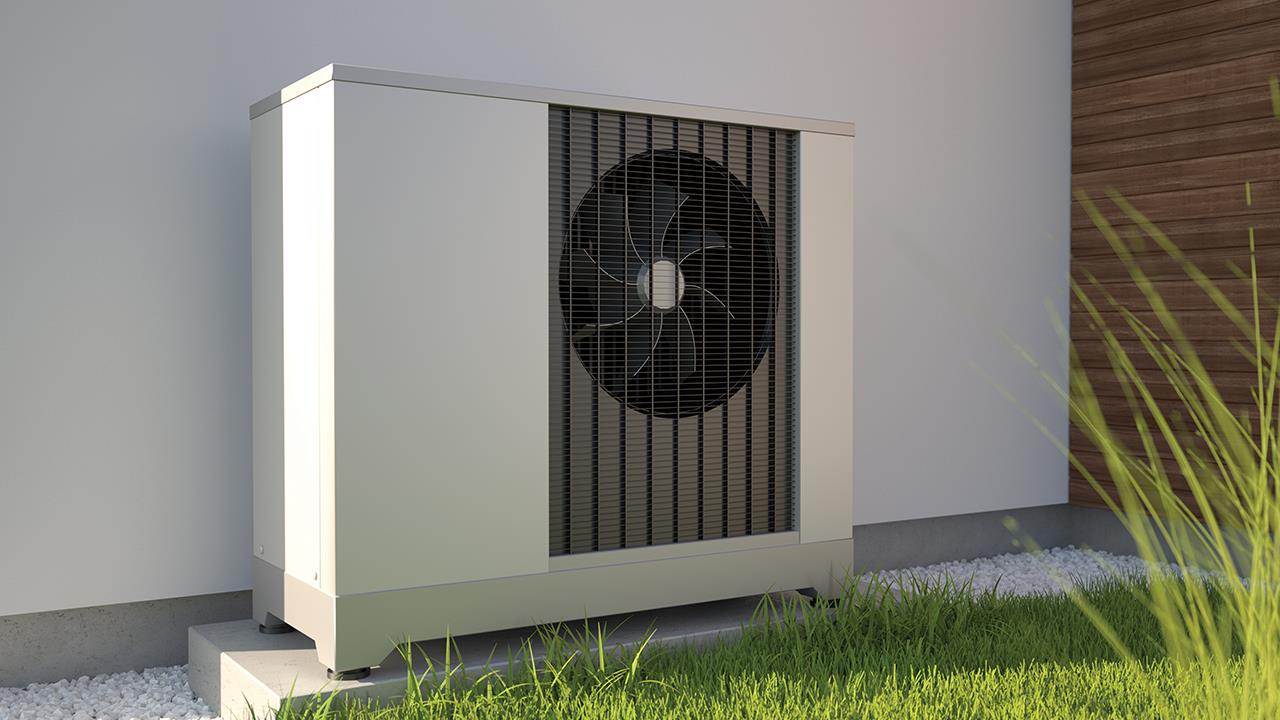

Domestic heating contributes 13-14% of the UK’s carbon emissions. A failure to tackle home heating emissions will be detrimental to our net-zero ambitions. While we continue debating the pros and cons of low carbon heating technologies, emissions continue unchecked. Enough is enough.
The Electrification of Heat Demonstration Project, funded by the Department for Energy Security and Net Zero (DESNZ), has already proven that almost all property types from different architectural eras can be suitable for a heat pump installation. From Victorian mid-terraces to pre-WWII semis and a 1960s block of flats, the project delivery contractors – Warmworks, E.ON, and OVO Energy – have successfully installed 742 heat pumps in homes from every style and era.
These heat pumps are being monitored throughout the trial to assess their performance. We’ve analysed the data and the interim results have provided us with the certainty needed to state that air source heat pumps (ASHPs) can operate with high efficiency across a range of property types, even in cold weather conditions.
Let’s be clear, however. This trial was never about proving the viability of one technology over another. We’re not here to take sides in the debate on the future of heat in homes. As an independent organisation, we’re led by data.
Game-changing innovation
Monitoring on the Demonstration Project found the median Seasonal Performance Factor (SPFH4) of ASHPs to be 2.80 (280%). This is up by 0.3-0.4 (30-40%) since the Renewable Heat Premium Payment scheme heat pump trial was undertaken between 2011 and 2014.
Innovators in the sector are making bold strides in the right direction to improve the efficiency of heat pumps and to deliver for homes across the UK. This, in turn, is helping to reduce the running costs for consumers.
These are positive steps forward. However, progress is still required to improve the consistency of heat pump design and installation to support a large scale rollout in existing homes, and to deliver positive environmental and consumer outcomes.
Cold weather performance
Critics of heat pumps often tout the idea that they do not work in cold weather conditions. This is not true. On days where the mean daily temperature fell to as low as -6ºC, we witnessed only a marginal fall in the performance of the system. The median ASHP system efficiency across the range of properties was 2.44 (244%) on the coldest days of the year.
This result shows us that heat pumps do continue operating with high efficiency – providing the required heat needed to keep residents comfortable in their homes in a wide range of property types, even in cold weather conditions.
We can finally put to bed the notion that heat pumps do not work in cold weather conditions and that they are inefficient to run.
Overcoming barriers
High temperature ASHPs (HT ASHPs) – capable of achieving flow temperatures similar to those of a gas boiler – could provide a possible solution for homeowners and housing providers concerned about the possible need to deep retrofit a property for a heat pump to work efficiently.
To date, the project has found that HT ASHPs have performed with similar efficiency to low temperature ASHPs. Homeowners concerned about a possible fall in heating comfort can rest assured that a HT ASHP would keep them warm, even in the coldest winter months.
With HT ASHPs performing at similar efficiencies to low temperature ASHPs on the project, they could prove to be the low carbon heating solution favoured by owners of less efficient properties.
Where do we go next?
We’ve done the hard work and proven that heat pumps work. That was only one part of the transition to a low carbon economy. Now we must turn our attention to training the next generation of installers. This means galvanising public and private investment to encourage new starters into the sector – from apprentices to career movers – and to train existing heating installers in new, low carbon technologies.
This might seem like a small market today, but with the government targeting 600,000 heat pump installations per year by 2028, installers who get in early can reap the rewards of a mass rollout. This should be seen as a significant opportunity to build your business, attract new customers, and to aid the UK’s transition to a green economy.
If you'd like to keep up-to-date with the latest developments in the heating and plumbing industry, why not subscribe to our weekly newsletters? Just click the button below and you can ensure all the latest industry news and new product information lands in your inbox every week.